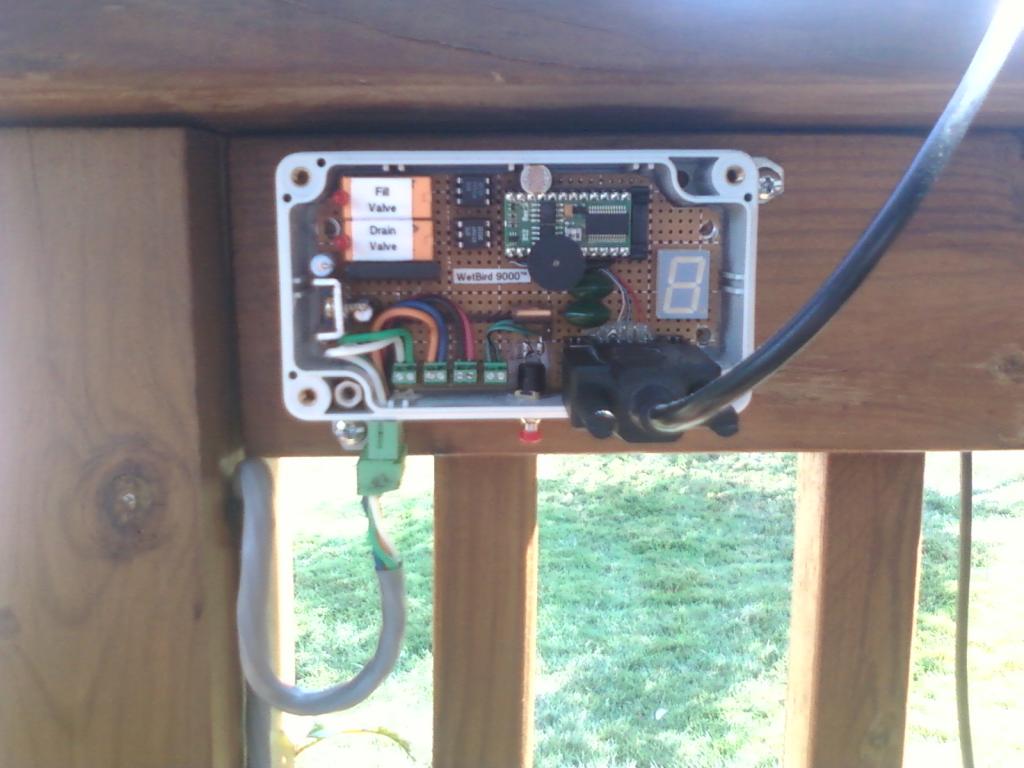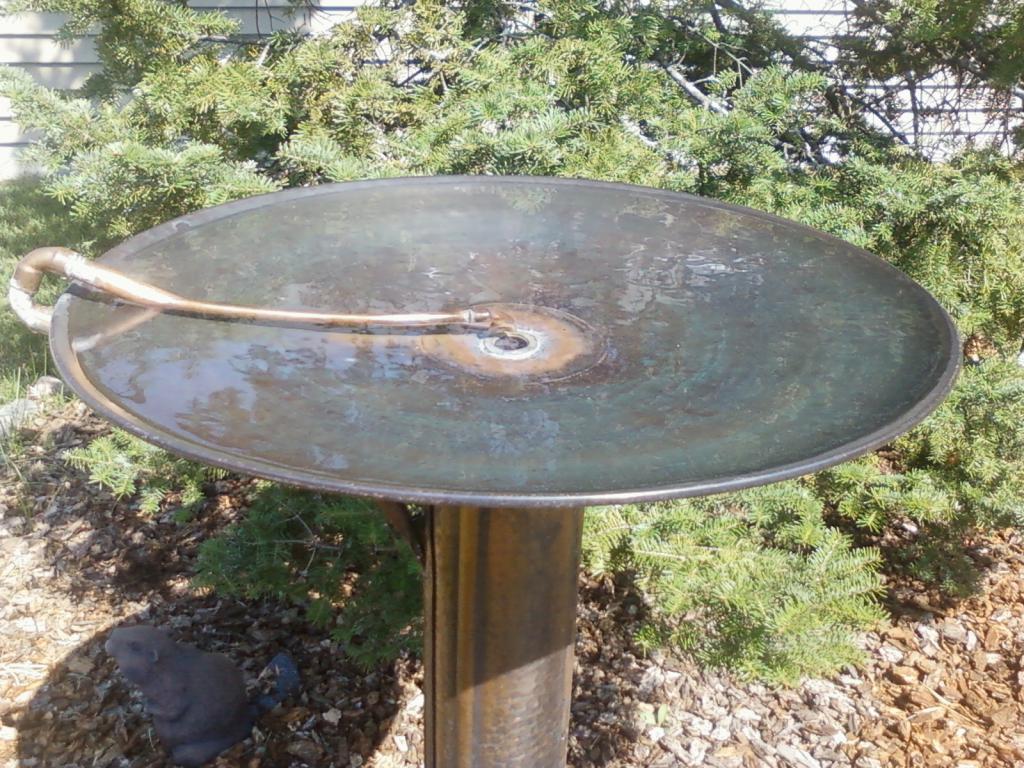Timing long periods
Hello Parallax scientists!
Back to the automated Bird Bath (YouTube vid to follow when I finish this project, so thanks for all the help.)
I need to time approximately 8 hours with a variable or equation (not Pause - the program needs to flash some LED's during this time period). After the 8 hours (approximate - does not have to be exact), the Bird Bath will do a drain & refresh with it's valves.
Thanks for any ideas!
Brian <attached photo of the copper birdbath & BS2 controller>
Back to the automated Bird Bath (YouTube vid to follow when I finish this project, so thanks for all the help.)
I need to time approximately 8 hours with a variable or equation (not Pause - the program needs to flash some LED's during this time period). After the 8 hours (approximate - does not have to be exact), the Bird Bath will do a drain & refresh with it's valves.
Thanks for any ideas!
Brian <attached photo of the copper birdbath & BS2 controller>




Comments
Hey, those sure are some lucky birds!
pub dayClock( days, hours, minutes, seconds) | nextWait nextWait := cnt repeat waitcnt(nextWait += clkfreq) if ++seconds == 60 seconds~ if ++minutes == 60 minutes~ if ++hours == 24 hours~ ++daysseconds, minutes, hours, and days are global variables. You would use COGNEW to start this method and provide an initial time. After that, it would keep the time with an accuracy determined by the crystal you use for the Propeller's clock. You can use the same structure to also keep a date. You'd need a table of the number of days per month and you'd need to adjust for leap years if you want to go that route.Franklin is on the right track with the decade counter. There is a family of CMOS chips called "frequency dividers" 4060, 4040, 4021, 4521, etc. I used the 4521 as an example because with 24 stages you don't need to cascade multiple chips to get really long delays.
Attached is an example (I didn't draw it). You can change the input clock to whatever you want, it can be any oscillator (doesn't have to be a crystal if you don't need that kind of accuracy). This is also a good way to get an accurate 1 Hz frequency if you want to build some kind of digital clock.
I think with any other counter/divider you will have to cascade more than one to get the delay long enough..
-Katie